
Dynamic light scattering techniques can monitor viruses and virus-like particles in their native state.

Cynthia A. Challener, PhD, is a contributing editor to BioPharm International.

Dynamic light scattering techniques can monitor viruses and virus-like particles in their native state.
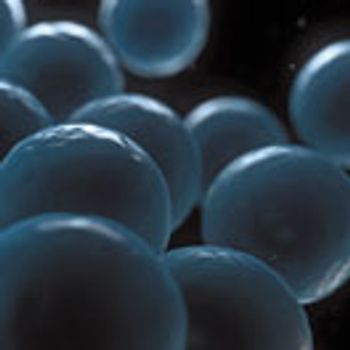
New single-use technologies and other filtration systems are beginning to address cost, throughput, and manufacturing footprint demands.

Advances in adventitious agent detection methodology are bringing benefits, but more work needs to be done.
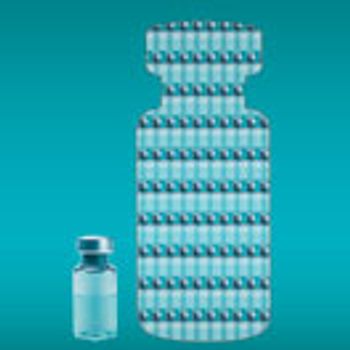
Single-use and modular technologies plus continuous manufacturing are increasingly important to biopharma scale-up and tech transfer.

Higher cell densities, greater demand for high-performance viral clearance, and desire for large-scale single-use technologies are driving development of filtration technologies.
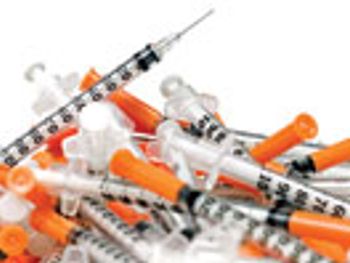
Second-generation needle-free injection systems will make parenteral drug administration more convenient, efficient, and safe.
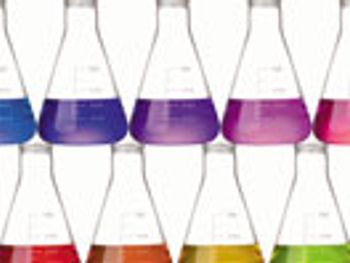
They may not be glamorous, but buffers play an important role in biopharma manufacturing.
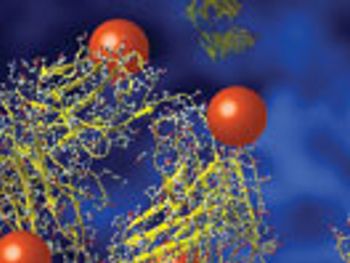
As ADCs move through the drug-development process, different analytical methods are often required.

Ligand-binding assays are fundamental to characterizing biosimilars.

Improving efficiency, value chain, quality, and protein complexity with advanced bioprocess development.

MedicalRF.com/Science Photo Library-ANDRZEJ WOJCICKI/Henrik Jonsson/Stocktrek Images; Dan Ward

Performing degradation studies is the best strategy to evaluate toxicity risk.
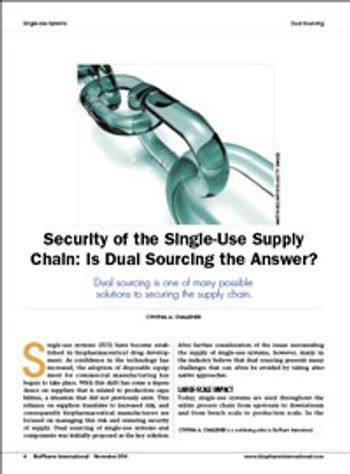
Dual sourcing is one of many possible solutions to securing the supply chain.

Challenges remain for virus removal and validation.
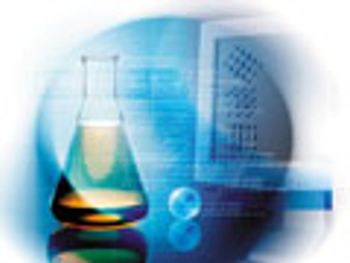
Defining critical parameters and processing large quantities of data can be a challenge.

New investments, expansions, and company rebranding are discussed at CPhI.

Prefilled syringes offer advantages to manufacturers, healthcare professionals, and patients.

Adding light scattering to size-exclusion chromatography (SEC) can maximize the benefits of SEC.
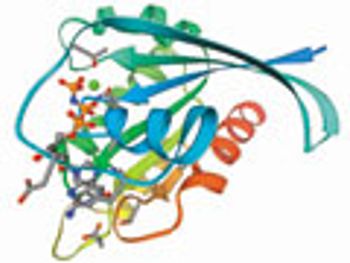
Careful selection of downstream processing conditions is a must.

Developing and maintaining a current master plan for cleaning in multi-product facilities are crucial.
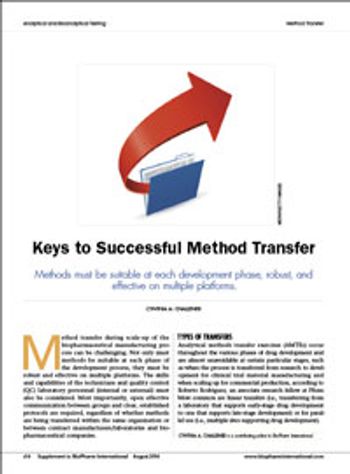
Methods must be suitable at each development phase, robust, and effective on multiple platforms.
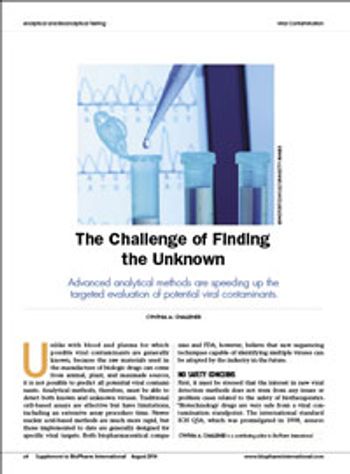
Advanced analytical methods are speeding up the targeted evaluation of potential viral contaminants.
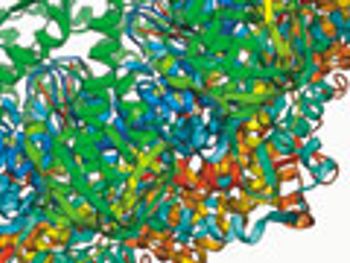
Light scattering analysis combined with more rapid size exclusion chromatography improves protein characterization.

Industry suppliers describe new technologies to facilitate downstream processing.
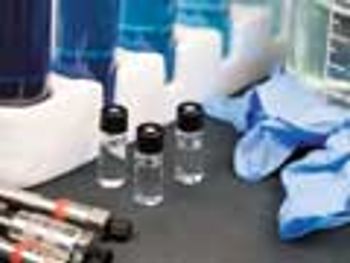
New test methods can provide improved quality and efficiency, but they must be validated to demonstrate equivalency.

Suppliers see challenges to the adoption of single-use technologies for downstream processing as opportunities.

New approaches to vaccine production are targeting rapid supply for pandemic situations and broadly effective therapeutic treatments.

New human and plant-based expressions systems can enable faster product development and improve quality at potentially lower costs.
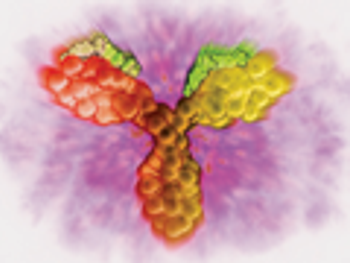
The approval and acceptance of monoclonal antibody biosimilars is necessary if the biosimilars market is to experience real growth.

Researchers are using current understanding of the lyophilization process to predict performance on many levels during both process development and manufacturing.